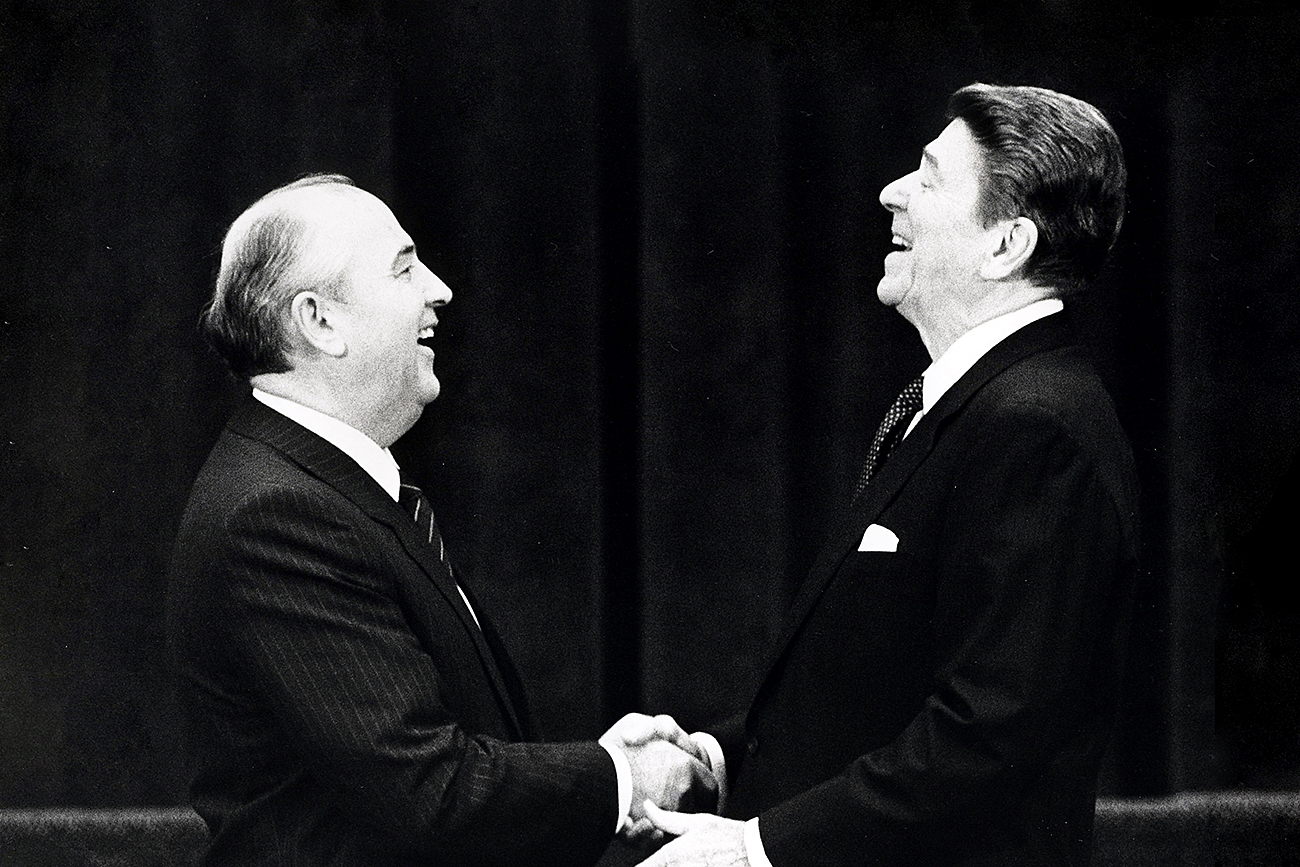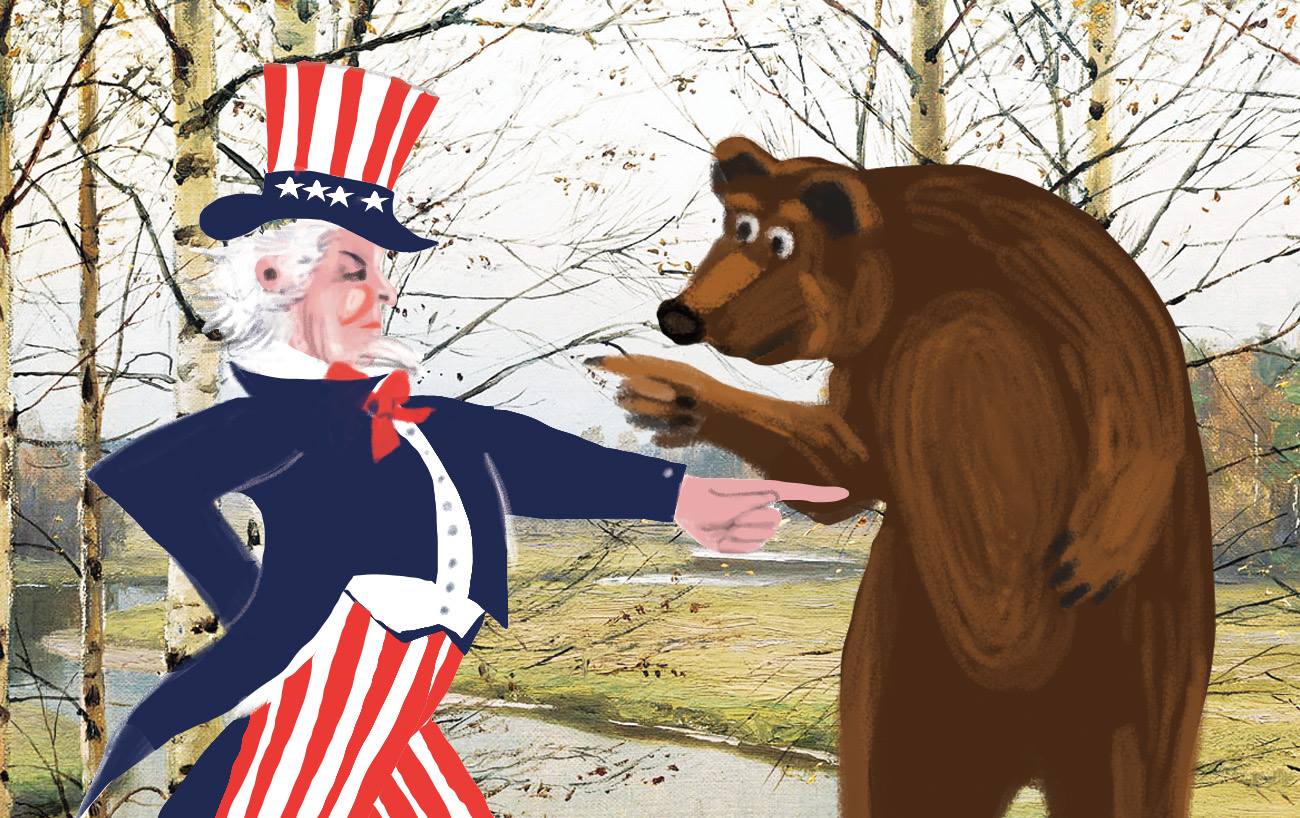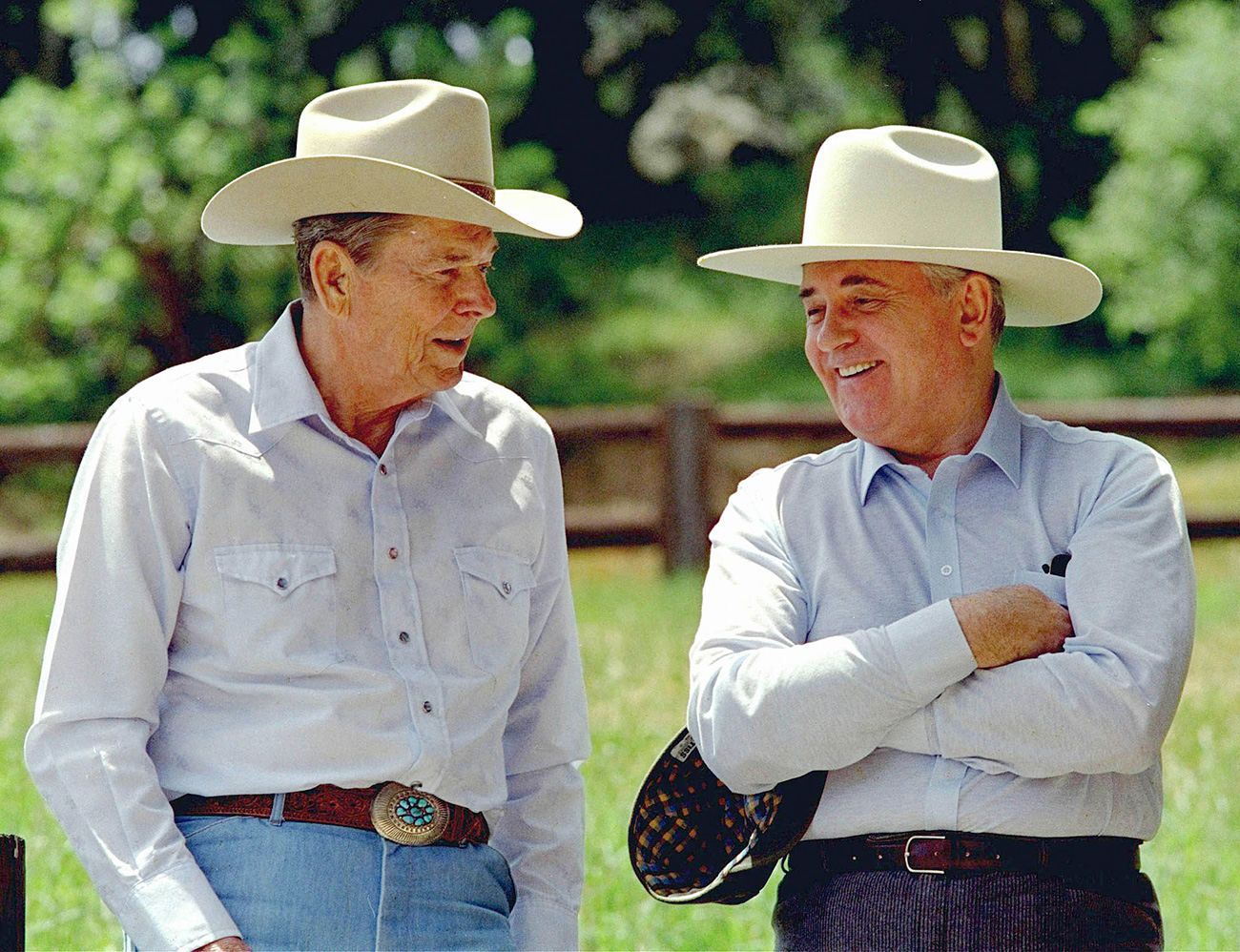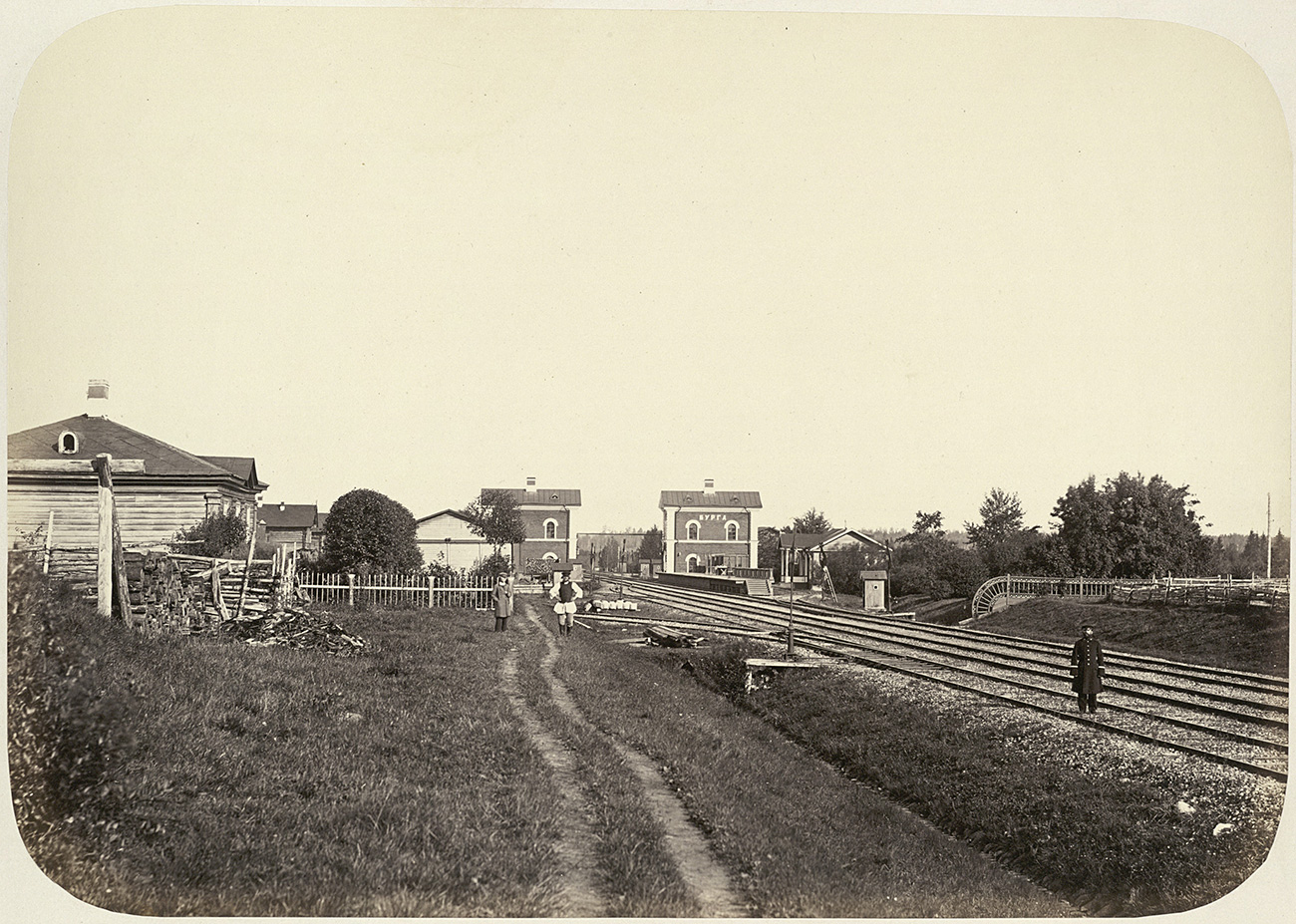Love and hate: History of Russia-U.S. relations that you never heard of

U.S. President Ronald Reagan (R) shakes hands at his first meeting with Soviet leader Mikhail Gorbachev to sign an arms treaty in Geneva, on Nov. 19, 1985.
Reuters U.S. President Ronald Reagan (R) shakes hands at his first meeting with Soviet leader Mikhail Gorbachev to sign an arms treaty in Geneva, on Nov. 19, 1985 / Reuters
U.S. President Ronald Reagan (R) shakes hands at his first meeting with Soviet leader Mikhail Gorbachev to sign an arms treaty in Geneva, on Nov. 19, 1985 / Reuters
America's first dispute with Russia
The first time when American politicians and journalists had a field day on the issue of Russia was in 1813, just after Napoleon’s defeat. The U.S. was at war with England, which had blockaded sea routes and was strangling American commerce.
Powerful commercial interests in New England, who were most hit by the blockade, decided to make a public gesture showing their outrage over the war and pro-British sympathies. So, they organized several lavish banquets to celebrate Russia's victory over France.
Some powerful newspapers, however, decided to take an opposite position and criticized Russia, saying Napoleon was defeated by winter, and not Russian military prowess.
Some American politicians came to Russia's defense, praising its enlightened monarch, Alexander I, and the progress that the country had made since the time of Peter the Great.
 Drawing by Ekaterina Lobanova
Drawing by Ekaterina Lobanova
Basically, no one was really interested in Russia. Instead, this was just a way to settle domestic political scores. Since the U.S. and Russia weren’t neighbors they really had nothing to argue about.
Democracy vs. Autocracy
Great Britain eventually became a close friend of the U.S., while far away Russia remained distant from the American imagination and reality. As America increasingly identified itself as a democracy, Russia more intensely identified itself as an autocracy.
American attitudes toward Russia took a turn for the worse in 1849 when Russia helped Austria crush the Hungarian uprising, and once again showed its support for absolute monarchies.
Despite the antagonism, it's worth mentioning that during those 200 years of relations, Russia and U.S. never went to war with each other, except one episode when America sent troops to Russia during the country’s Civil War of 1917-19 and fought with the Red Army.
What do Russians think about America?
1. A country of noble savages
In the 18th century Russians were keen on Jean-Jacques Rousseau’s ideas about the "noble savage" not spoiled by civilization, and which is how Russia imagined the indigenous peoples in America. Russians had sympathy for the natives, who were oppressed by Europeans.
 Ronald Reagan (L) and Mikhail Gorbachev don cowboy hats while enjoying a moment at Reagan's Rancho del Cielo north of Santa Barbara, Calif, 1992 / AP
Ronald Reagan (L) and Mikhail Gorbachev don cowboy hats while enjoying a moment at Reagan's Rancho del Cielo north of Santa Barbara, Calif, 1992 / AP
In the 19th century, James Fenimore Cooper wrote much about indigenous Americans, and became the first popular American writer in Russia. Even Emperor Nicholas I would often ask American ambassadors if Mr. Cooper had written a new book.
In the Soviet Union, children watched movies made by Germany's DEFA studio, and they also featured noble savages in the Wild West fighting bad white people.
2. A country of freedom
Russians had another image of America during the War of Independence. The first Russian revolutionaries were inspired by that war and talked about America as an example of freedom and just governance.
The Civil War years were probably the warmest period in relations, when Russia supported the North and then in 1867 sold Alaska as an act of friendship.
That image of freedom didn’t disappear until the 1990s when Russians felt disappointment after having the chance to meet real Americans and visit the U.S. At this time, it became clear that America was not so free as people imagined.
3. A country of technical progress
 First Russian railway, 1862 / Archive image
First Russian railway, 1862 / Archive image
The United States was always a source of ingenuity for Russia. For example, during the reign of Nicholas I, Russian experts travelled across America, researching its railways and decided to build the country’s rail system on the American model, using a wider track gauge than the European one. Then, Nicholas I invited American engineers to help build the first railway between St. Petersburg and Moscow.
Americans were invited to build telegraph lines as well, and American gunsmiths, particularly Samuel Colt, helped Russia during the Crimean war of 1853-56.
American engineers helped in Russia’s industrialization, building hydroelectric stations and factories. The most famous American company in Russia was Singer Sewing Machine, which built a massive factory in Podolsk outside of Moscow.
 Singer sewing machines advertisement. Russia, 1900s / Russian State Library
Singer sewing machines advertisement. Russia, 1900s / Russian State Library
Soviet leaders also borrowed much from America. For example, during his visit to the U.S. Nikita Khrushchev became obsessed with corn and ordered it grown on thousands of Russian farms.
4. A mortal threat
The 20th century Cold War image of America is of course strongest among Russians today. Cultural institutions were busy creating and supporting this image, especially in books and films. Despite the fact that America was the USSR’s ally in the fight against the Nazis, state-sponsored propaganda quickly succeeded to change the image of the country in the minds of the Soviet people.
As the Soviet government tried to stabilize their country, America increasingly was perceived as a destabilizing threat.
This article is based on materials first published in Russian by Arzamas.
Read more: Why don’t Russians trust America?
If using any of Russia Beyond's content, partly or in full, always provide an active hyperlink to the original material.
Subscribe
to our newsletter!
Get the week's best stories straight to your inbox
